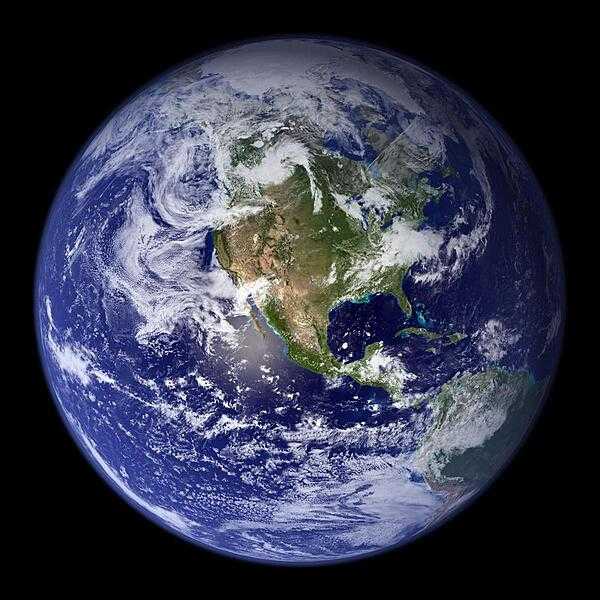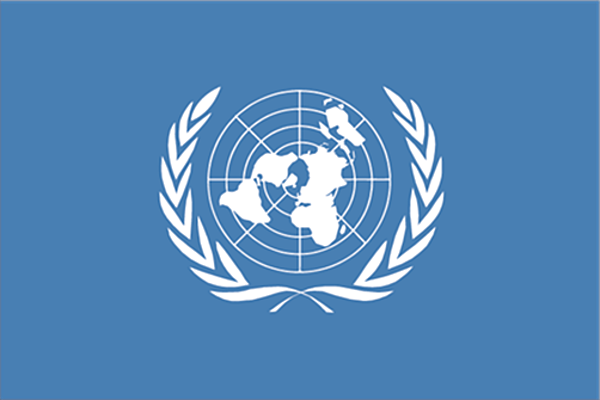Introduction
Tip
Visit the Definitions and Notes page to view a description of each topic.
Geography
Area - comparative
Africa-US area comparison map :
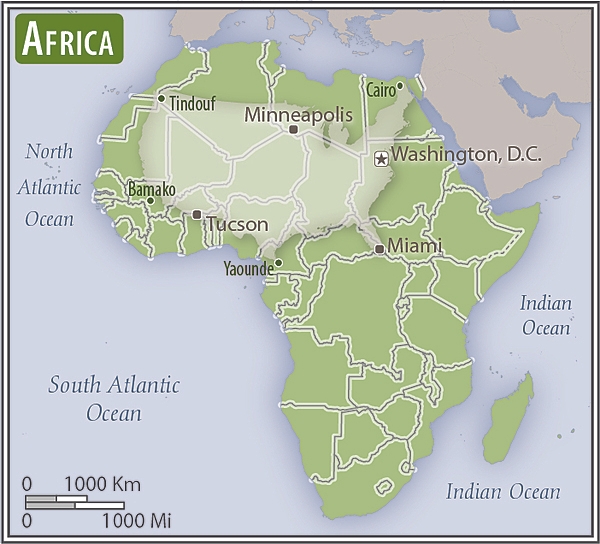
Antarctica-US area comparison map :
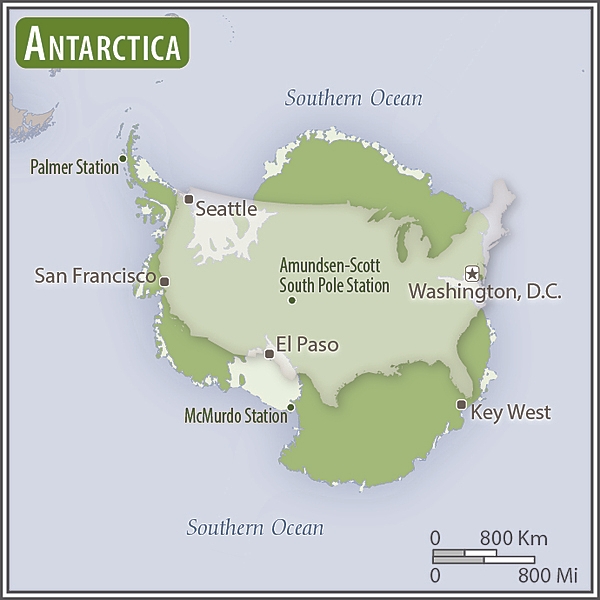
Asia-US area comparison map :
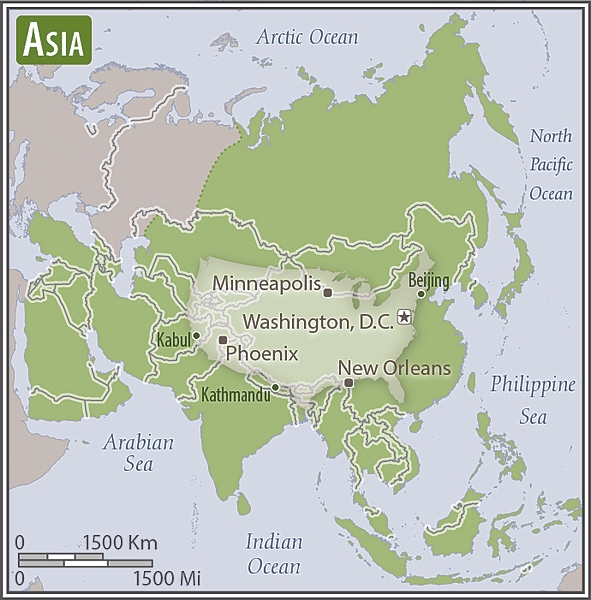
Australia-US area comparison map :
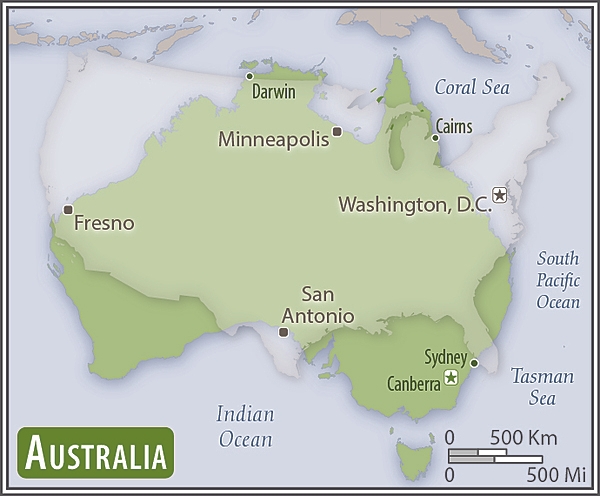
Europe-US area comparison map :
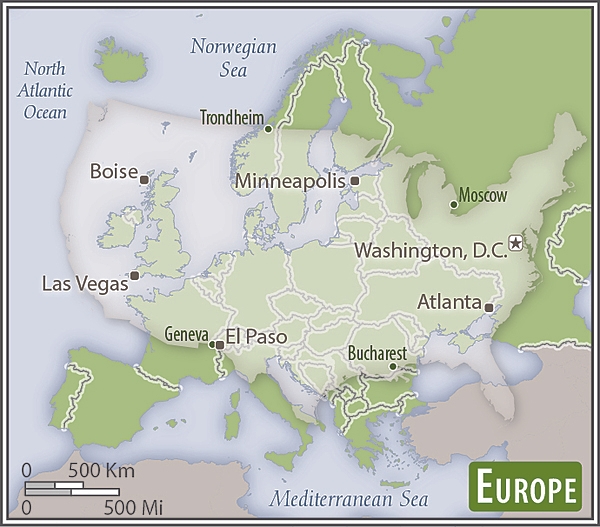
South America-US area comparison map :
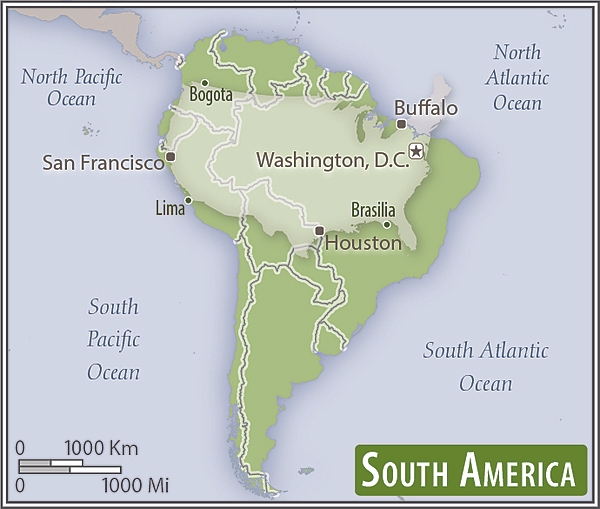
People and Society
Environment
World biomes
World Biomes:
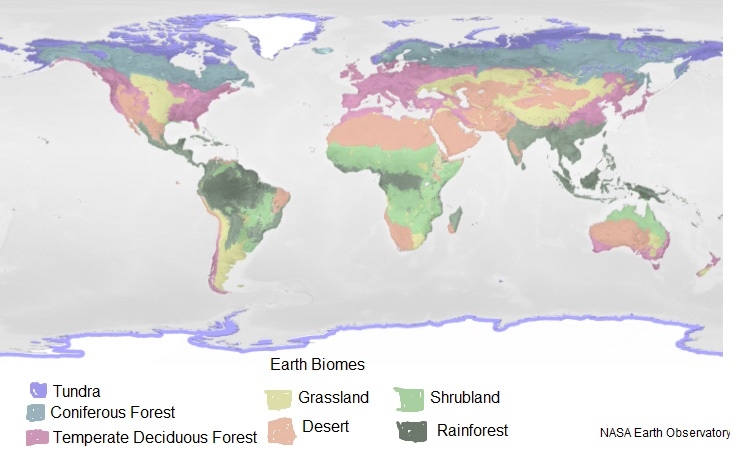
Tundra biome:

Circum-polar Extent of Permafrost:
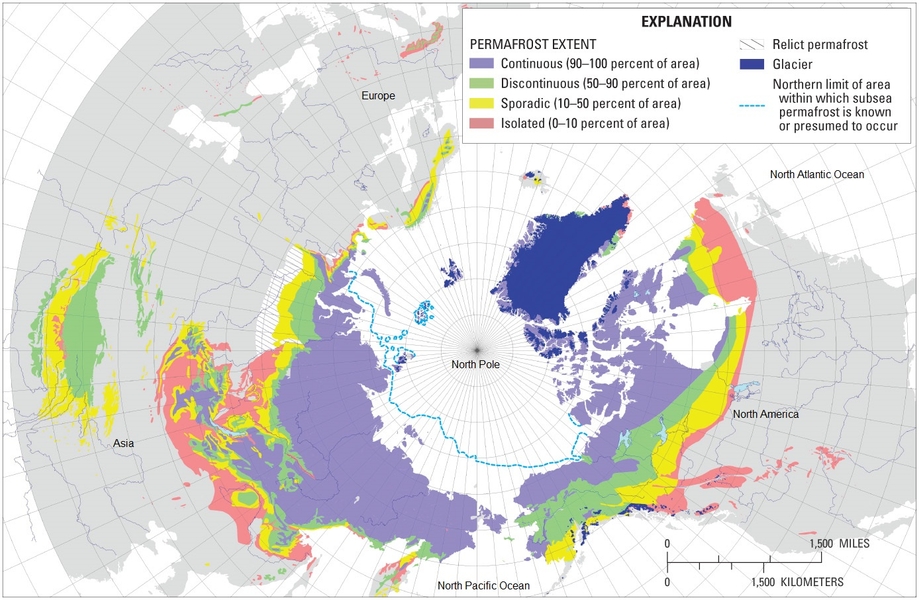
Coniferous Forest biome:
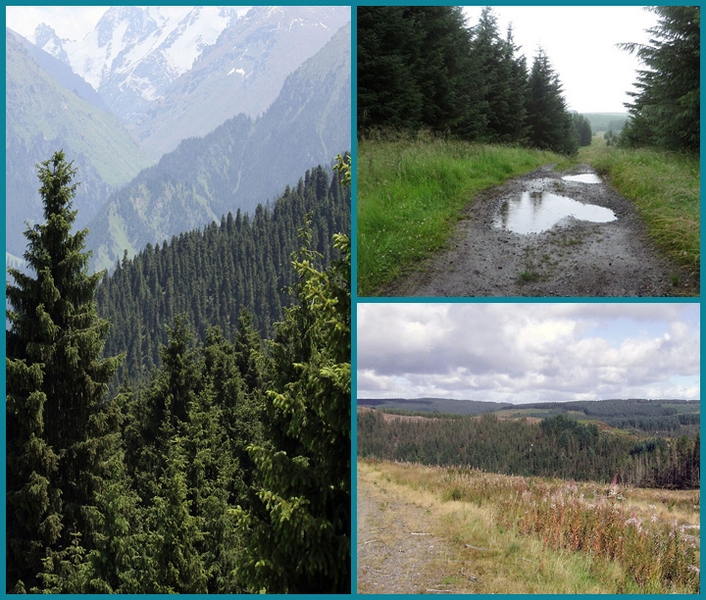
Temperate Deciduous Forest biome:
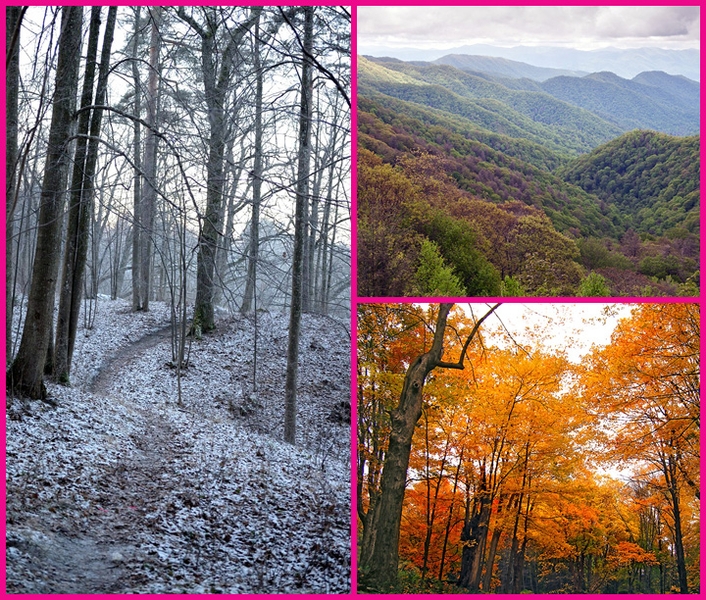
Rainforest biome:

Grassland biome:

Shrubland biome:
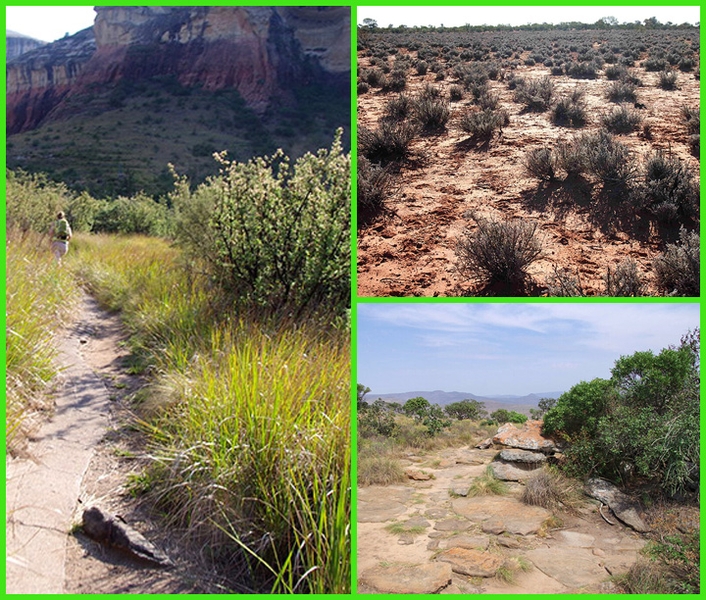
Desert biome:

